MARFAM WEEKLY FAMILY MATTERS E-NEWSLETTER 28 August 2024
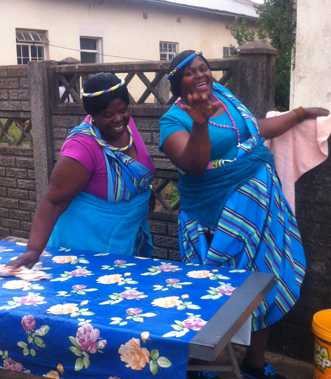
During August, Women’s month in SA I have considered different aspects of women’s roles, and mainly from a family perspective. Beyond that there are many more aspects to consider but religious women and women religious have not been on my radar. I did see a difference, but until I researched the subject a bit I was not really conscious of the very many women with a religious or spiritual vision or calling as a lay person or a woman, and who have been part of the Catholic church or other faith communities, only some of whom were members of formal congregations or organisations. Wikipedia lists a great number of women who have been influential in the life of the church, from contemporaries of Jesus to subsequent saints, theologians, doctors of the church doctors of the church, missionaries, abbesses, nuns, mystics, founders of religious institutes, military leaders, monarchs and martyrs. https://en.wikipedia.org/wiki/Women_in_Church_history. Examples. St Lucy, St Ursula, St Monica, St Josephine Bakhita, St Joan of Arc, St Edith Stein
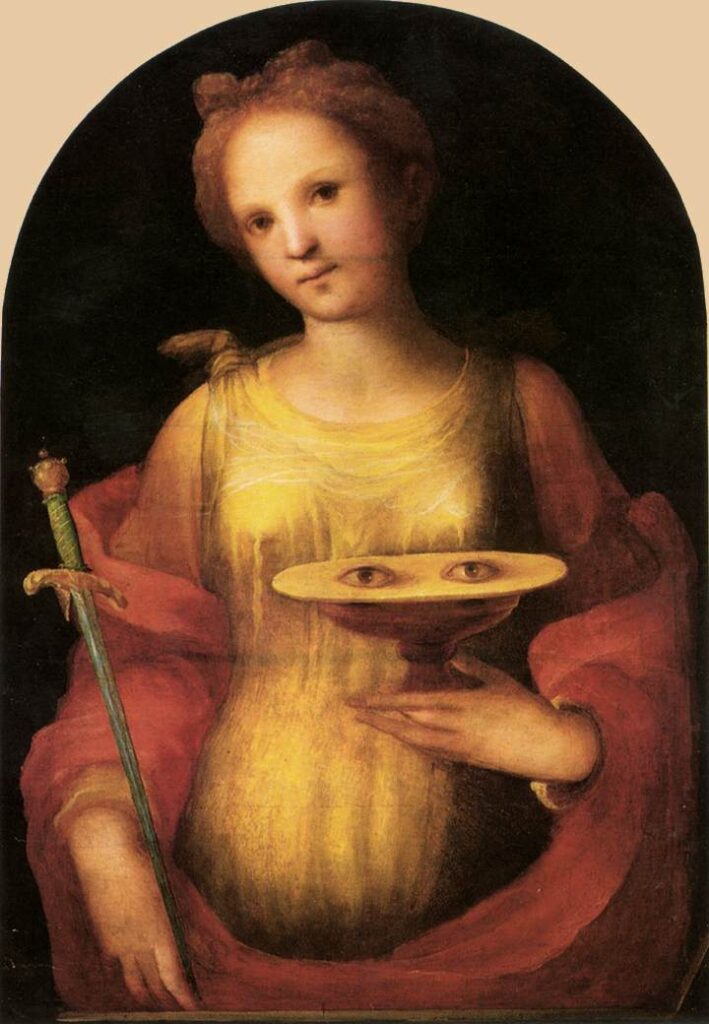
In New Testament times, when women did not hold a significant place in society, the gospel mentions those who followed Jesus as well as others he interacted with in problem situations like the woman at the well and the woman caught in adultery. Paul mentions women in the community playing important supportive missionary roles but in general women were not the recognized leaders or preachers. In the times of the persecutions there were women, virgin martyrs along with men. Throughout the history of the church individual women or married women, or widows or secular women with a religious focus, have made great contributions and even been recognized… Elizabeth of Hungary – a queen, who as a widow used her resources for the poor. During WWII and many subsequent wars women have worked for and still do work for, have lived for and been killed for, the Catholic church or other faiths, for love of God and other people.
It is interesting to take note that throughout Christian history there have always been more women then men attendees. St John Paul II in his Beijing letter to women, thanked all women, wives, mothers, working, and maybe not all conscious of being religious in a restricted sense. But no doubt many grandmothers in history and today will qualify as “religious women” in what they have done for their grandchildren. Religious women have done much work within the church itself, started and run sodalities – but have not taken any vows, although many do take a form of pledge. Women have started informal prayer groups, such as Family of God in Johannesburg which has been a source of spiritual support for more than 50 years, started by Val Haley-Wright. Women have worked alongside husbands in marriage and family ministry and some couples have quite recently been canonised. Women are also active in workplaces from the perspective of their spirituality, e.g. Laudato Si and environmental awareness.
Honoured and celebrated women some as doctors of the Church, Hildegard von Bingen, Julian of Norwich, Teresa of Avila, Therese Lisieux, Catherine of Siena are recognized as individuals but were women religious, members of religious congregations, founders, leaders, abbesses.
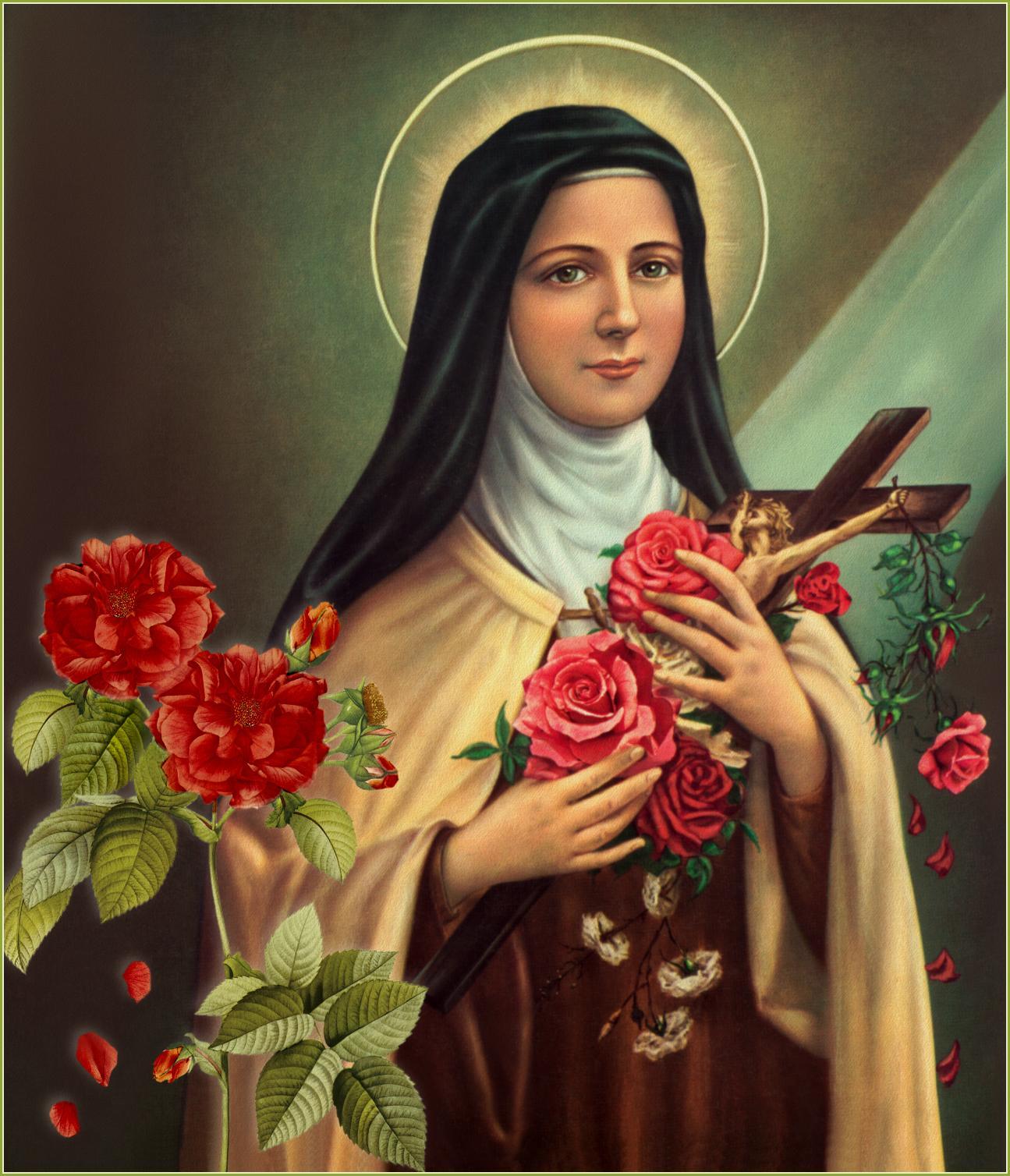
Women religious are consecrated women, having taken vows of poverty, celibacy and obedience for life, and most often living in a community with a shared charism, in convents, cloisters. Some of these formally instituted women’s groups are very ancient and were founded by men, e.g. monks and abbots. St Francis inspired Clare who became one of his early followers and who founded the Poor Clares, a contemplative order of Franciscans. There are many other branches of Franciscan sisters and also a body of Secular Franciscans who live their families and the world. Poverty and nature are very dear to their hearts. There are many branches of Dominican sisters in South Africa, followers of St Dominic the preacher. Sometimes these women groups were and are companions to the men’s groups but did not live or work together, due to the nature of the work, as most religious men are ordained priests. Some congregations are educators and have run large upmarket schools, some work for the poor, some are engaged in justice issues – almost on the fringes of politics.
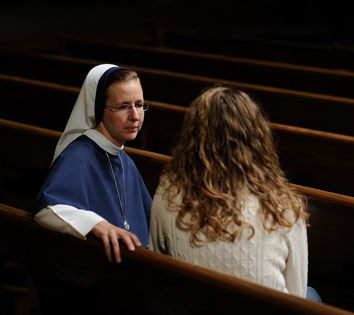
In the years before Vatican II the many congregations of women religious flourished worldwide. In South Africa many sisters did come from European countries and gradually local girls of all races also entered religious life. All young girls were encouraged to consider a religious vocation and Catholic schools and hospitals were staffed by the many sisters who followed one or other chosen congregation and their particular charism. What was their motivation and their level of satisfaction in that chosen way of life? What were the reasons for the drastic changes that reduced the numbers of women religious during and after the 1960s? Congregations today have few young women vocations and in some cases a fairly large number of elderly. Is the nature of the work an issue? However there are lay religious women in the Church who do not choose to join a religious congregation but prefer the freedom to work and live where they choose. Those who do become consecrated women religious today also have greater freedom of choice about their work possibilities. My generation only knew that sisters were nurses or teachers, many very good and very dedicated teachers much loved and still remembered by their pupils. I am happy to say I was blessed but it is also true to say that not everyone was, and sadly he slogan “I hated Catholic school” has even been worn on a T-shirt.


THOUGHTS FOR THE DAY AUGUST 28TH, ALSO FEAST OF ST AUGUSTINE.
28 August. Marriage reflection. Proximate preparation and youth. Sabie always included a session on marriage in her confirmation class. She would begin by asking the youth when they intended to get married. Quite a lot of girls and boys said they didn’t want to marry at all. Some girls thought of a beautiful wedding and two youngsters who happened to be going out together said they had talked about it. “No sex before marriage” they had been told. So together the class discussed God’s plan for continuing the human race, and even how all of creation is ordered. “We’ve all seen adolescent creatures having to learn their place.” Sabie led them to consider the fulfilment of men and women in an enriching, committed, faithful, lifelong relationship. George thought, “Wow, I never saw it like that before. It sounds very good but sure is a big responsibility. When I’m 30 I think I might be ready for that. The developing sexual relationships of adolescent animals is obvious in their behaviour, but they act more from instinct, whereas we humans are decision-makers”.
Reflect, share, scripture: The period of proximate preparation generally coincides with the period of youth. It includes what pertains to the pastoral care of youth and is concerned with the integral growth of the faithful. This cannot be separated from the framework of the family as if young people make up a kind of separate and independent “social class”. It should reinforce the young people’s social sense, first with regard to the members of their own family, and orient their values toward the future family they will have. PCF Prep 33

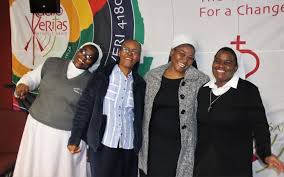

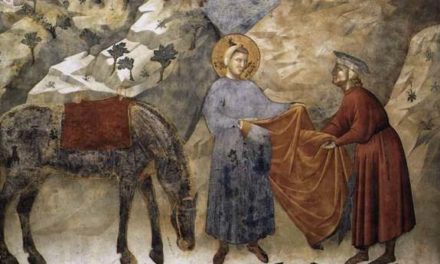

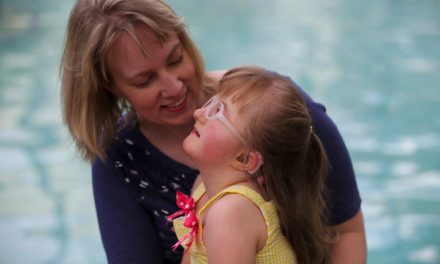

Recent Comments